Other Beehives
British Bee Hives
Hive Drawings
|
|
|
|---|
|
Other Beehives British Bee Hives Hive Drawings |
Glen Bee Hive |
|---|
|
The Glen Bee Hive is a huge and heavy hive, that at first sight, and from a distance, looks rather like a long telescopic WBC. They hold B.S. frames, 15 per box on narrow spacing. I believe they were originally intended for heather honey production on Scottish moorland. They are very heavy and difficult to move, My local Beekeeping Association had one as a museum piece at our local association apiary, but it has now been donated to a project that is located at Donington le Heath Manor House. Some idea of the size of this hive can be estimated by looking at the conical bee escape in the roof, which looks insignificant compared to the bulk of the hive. |
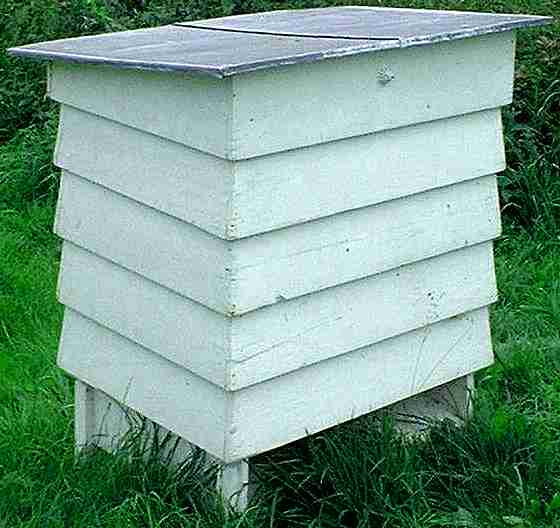
|
|---|
|
The external part of the entrance is a large funnel shaped tunnel that is almost the full width of the hive. The entrance proper is a slot in the base of the horizontal board that forms the upper surface of the entrance funnel and serves to support the weight of the brood box and supers. This slot can be clearly seen in the Picture below left. |
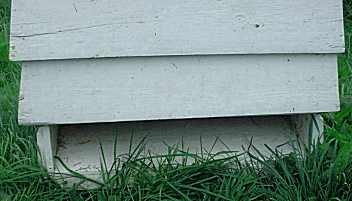
|
|---|
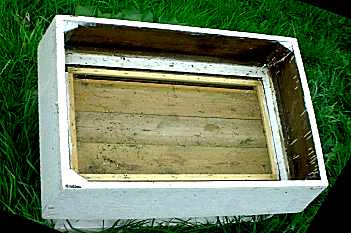
|
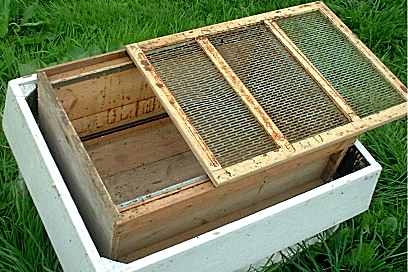
|
|---|
|
The upper right picture shows the brood box and a queen excluder that has been fabricated from panels cut from sheet zinc excluders. The picture at right shows the addition of a super and cover board. The construction of the internal boxes is fairly close to that used on the internal boxes of the WBC hive. |
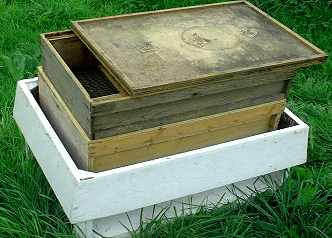
|
|---|
Note that the roof is covered with aluminium sheeting, although in the picture it has the appearance of lead sheeting. Construction is robust and as a result all parts are heavy and able to withstand wind.
There is another, similar type of hive known as the Dr. Anderson hive (that was commonly used in old style Scottish beekeeping), and these were described as "seriously huge" in a message to the Irish Beekeeping list, which states... "it looked as if it would take 18 to 20 BS deep frames, depending on what spacing you used. These things were 5 boxes high as well".
Dimensions will be added when I can get to measure the sample.
Dave Cushman.
Page created 30/12/2002
Page updated 04/12/2022
Originated... 30 December 2002, Revised... 14 August 2003, Upgraded... 10 April 2006,
|